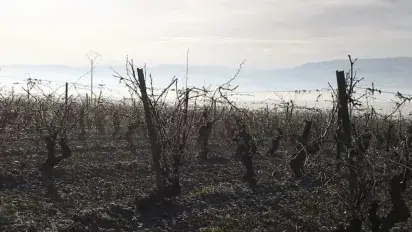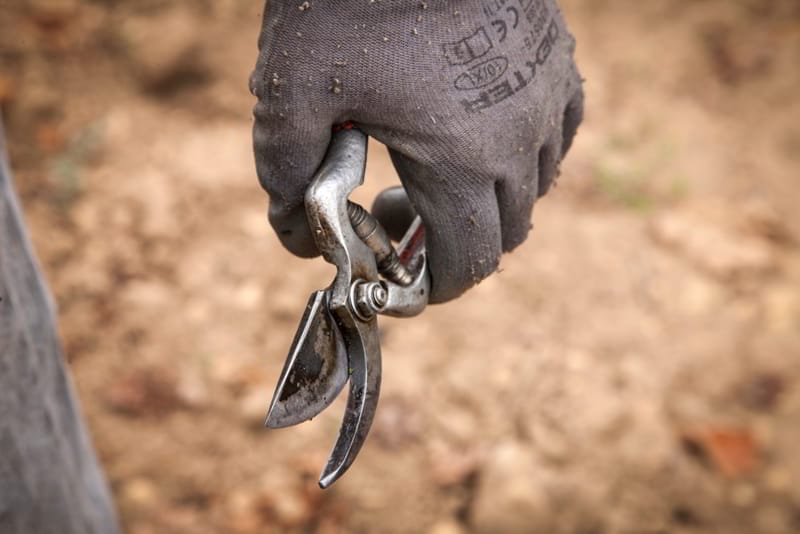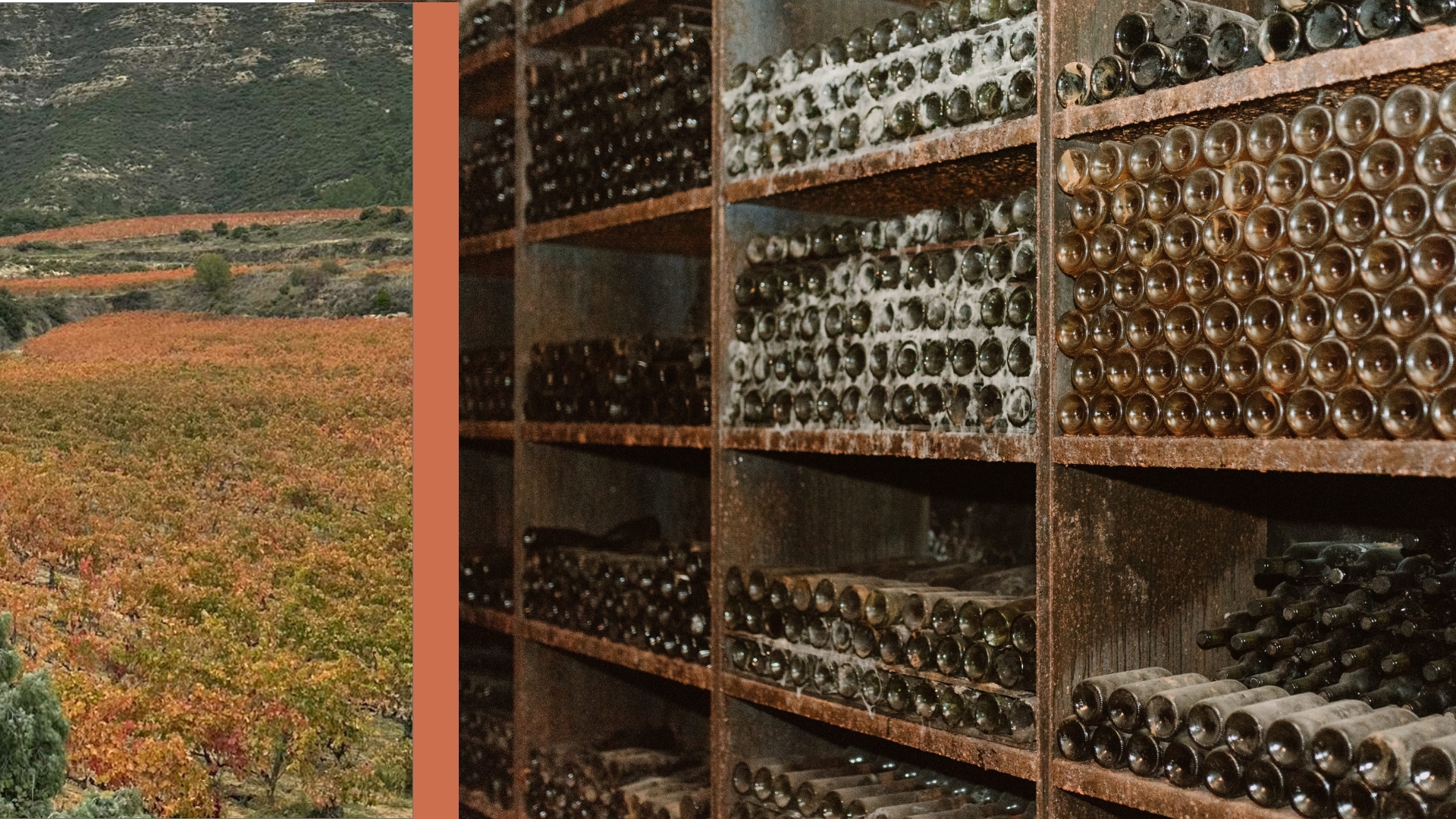Pruning is one of the most important vinegrowing works of the year

Pruning, getting the vines ready
In the winter months, the vineyards are naked, silent, curled up in a stillness that sometimes may look desolate. But there is no sadness in that cold landscape. The vines are enjoying one of their best moments of the year! Paradoxically, the low temperatures have a beneficial effect they let the plant rest. This is what we call "winter dormancy": the vegetative cycle stops and the vines have a chance to recover and stock up on reserves in their trunk and roots.
To help vines complete their much-needed hibernation process, an essential practice has been carried out through the ages in the world's wine regions: pruning. It consists of cutting all leafless shoots to prepare the vine for the ensuing budding period, controlling its grape amount and quality, strengthening it and extending its productive life. In the case of younger plants, pruning has an extra aim: it allows to train the vine in the most convenient manner for its future growth.
 Scissors are the main tool when it comes to pruning.
Scissors are the main tool when it comes to pruning.
Two main pruning systems
In all their multiple variations, we can identify two main pruning systems. Spur pruning is the most traditional system; in this case, the vine's head is vertically trained, with equally distributed arms, avoiding excessive protrusions and trying to keep grape bunches away from the ground.
The second system, very common nowadays on trellised vines, is called cane pruning or Guyot. In this case, the aim is to ease mechanisation of the various farming tasks to optimize production and quality.
Both pruning systems are applied in the vineyards of Muriel Wines. Old bush vines are spur pruned, while younger ones, particularly the most productive ones, are trellised and cane pruned.
Before using the pruning scissors, we do a quick sweep through the row of vines with the pre-pruner; this step is extremely helpful to advance the work on the trellised vines.
What's the bleeding of the vine?
As soil temperatures rise, plants begin to grow thanks to the hormones found in their roots. Sap flows from the roots to the aerial parts and buds swell and burst resulting in the appearance of leaves and berries. The plant will gradually grow thanks to the reserves it has kept stored in its roots and trunk; as leaves have not yet grown, the plant cannot carry out photosynthesis.
You may also be interested in:



